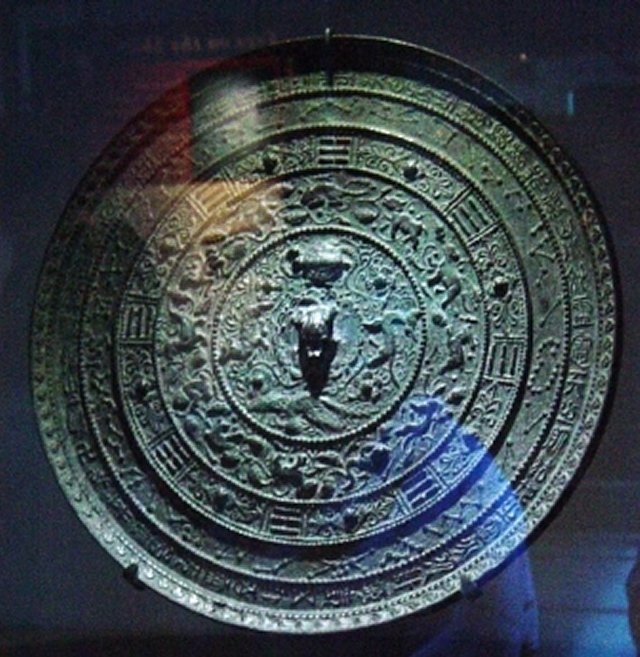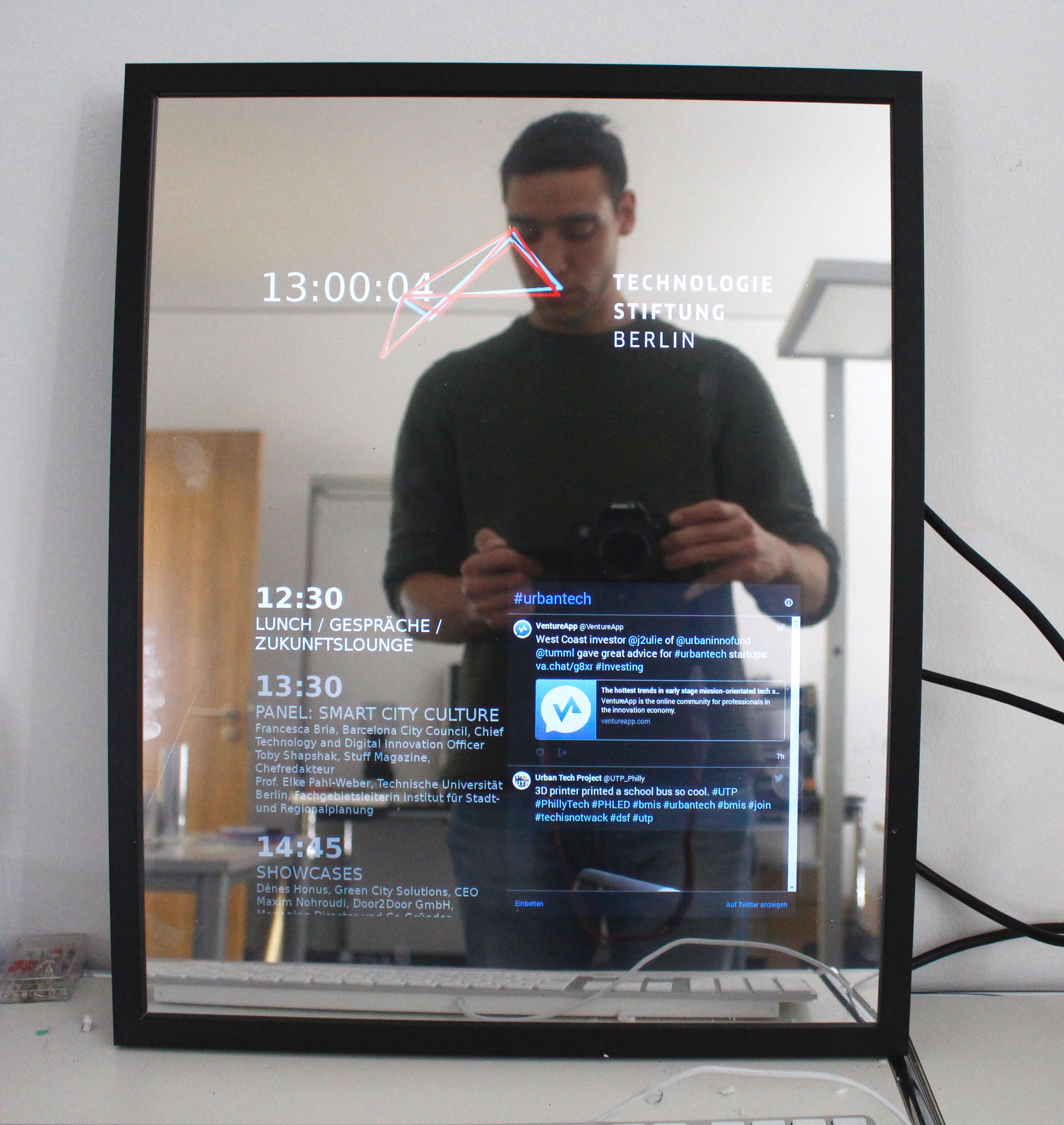

- Japanese magic mirror movie#
- Japanese magic mirror free#
Defrosting Ice King: Teo is pretty cold towards Haruka when he first meets her but over the course of the movie, he warms up to her.Deal with the Devil: The Baron tries to coerce Teo to hand over the mirror in exchange for 10,000 stamp cards.
Japanese magic mirror free#
Damsel out of Distress: When Haruka is captured, she breaks free of her bonds on her own.The Baron was reduced to a cowardly pig-like creature that he was underneath his robes all along. He was eventually done in when his collection of mirrors collapsed as Haruka and Teo attempted to grab the mirror back from him. He has a huge fascination with mirrors, and frequently adds them to his collection without sharing with anyone. When Haruka's mirror was brought to Oblivion Island, he made the residents think it was stolen from him by bandits just so he could plan to steal that mirror and build a better island. He appears to be wealthy and elegant, but on the inside, he's just a simple creature who likes stealing things.

Classic Villain: The Baron, embodying the sins of Greed, Pride, and Gluttony themselves.Chekhov's Gun: Teo wanting to build a plane turns out to be important in the climax as he successfully builds one to save Haruka.

Japanese magic mirror movie#
Big Bad: The Baron is the primary villain of the movie and causes the plot by trying to steal Haruka's mirror. All Part of the Show: Done when Haruka sees Cotton in the Oblivion Theatre and rescues him. All Cloth Unravels: Cotton defeats the giant robot toy by unraveling it. Haruka must decide who, if anyone, she can trust in this strange land as she works to get the mirror back. She also meets the fox boy, who's named Teo, a gang of wicked thieves, a trio of foxes who bully Teo, and her lost plush toy Cotton. Haruka sets off to find the mirror, but must contend with the Baron, the evil ruler of the island who wants the mirror for his own purposes. While following a strange foxlike creature in the woods, she tumbles into a mystical world where once-cherished toys and treasures go when their owners neglect them. When light is reflected off this subtly uneven surface onto a wall, the design will reflect differently from the rest of the mirror to reveal its secret image.Oblivion Island: Haruka and the Magic Mirror is a Japanese CGI animated film by Production I.G, released in 2009.ġ6-year-old Haruka is on a mission to find her mirror, a precious childhood gift from her mother that mysteriously disappeared. Although it may seem that a magic mirror has been polished uniformly, there is actually minute unevenness invisible to the eye. The resulting thinner, raised non-image areas deflect light differently than the lower, thicker image areas. These differences are not easily visible to the naked eye. Then, in polishing, the thickness of the reflecting surface is typically buffed down to about 1 mm in thickness, but it can be buffed more deeply in the secret image areas because the metal there is thicker. The secret image areas are made to be thicker than the rest of the mirror. So how does a magic mirror work? The secret image is actually cast into the design on the back of the mirror's reflecting surface. Nor does it have any obvious irregularities on its reflecting surface. These mirrors with designs on the back became popular among commoners in the Edo period, and the motifs used in these designs became diversified.Ī Japanese magic mirror does not reflect the relief design cast on the back. Later, as the hand mirror (a round mirror with a rectangular protruding handle) came into use, designs became more pictorial, covering the entire back. In ancient times, round mirrors typically had a knob in the center of the back, through which a cord would be strung. Though the earliest mirrors were fashioned after Chinese mirrors, in time mirror makers began to depict Japanese style designs and motifs from the Japanese natural world. During the Heian period (794–1185), the mirror was included as part of the elaborate toiletry sets used by aristocrats. The technology needed to cast metal mirrors was introduced to Japan from China around the Yayoi period (ca. 3rd century BCE–3rd century CE). Mirrors are also admired as artistic objects, as they have intricate pictorial designs on their backs. Within Japanese culture, mirrors are one of the most potent symbols of power, revered as sacred objects representing the gods. Mirrors are usually considered primarily as implements for personal grooming but, in Japan, mirrors were used for far more than reflecting one's image.







 0 kommentar(er)
0 kommentar(er)
